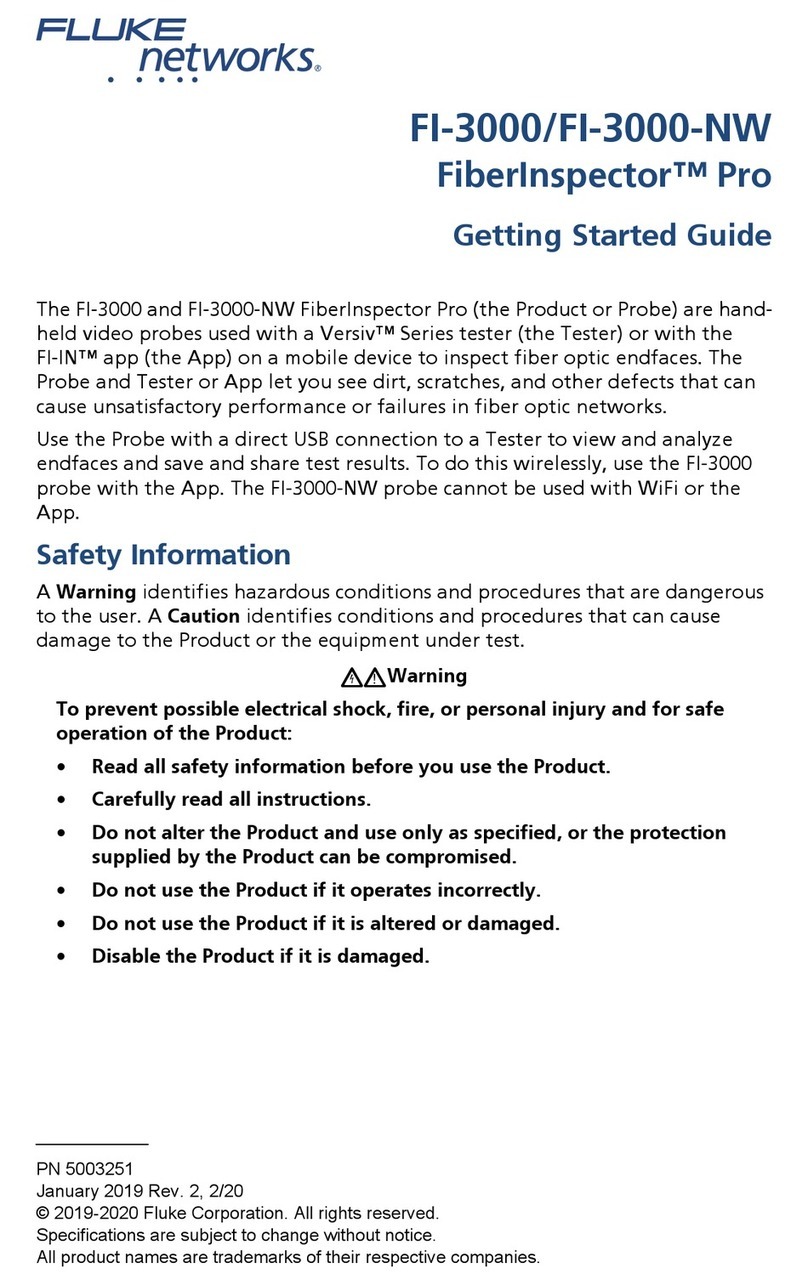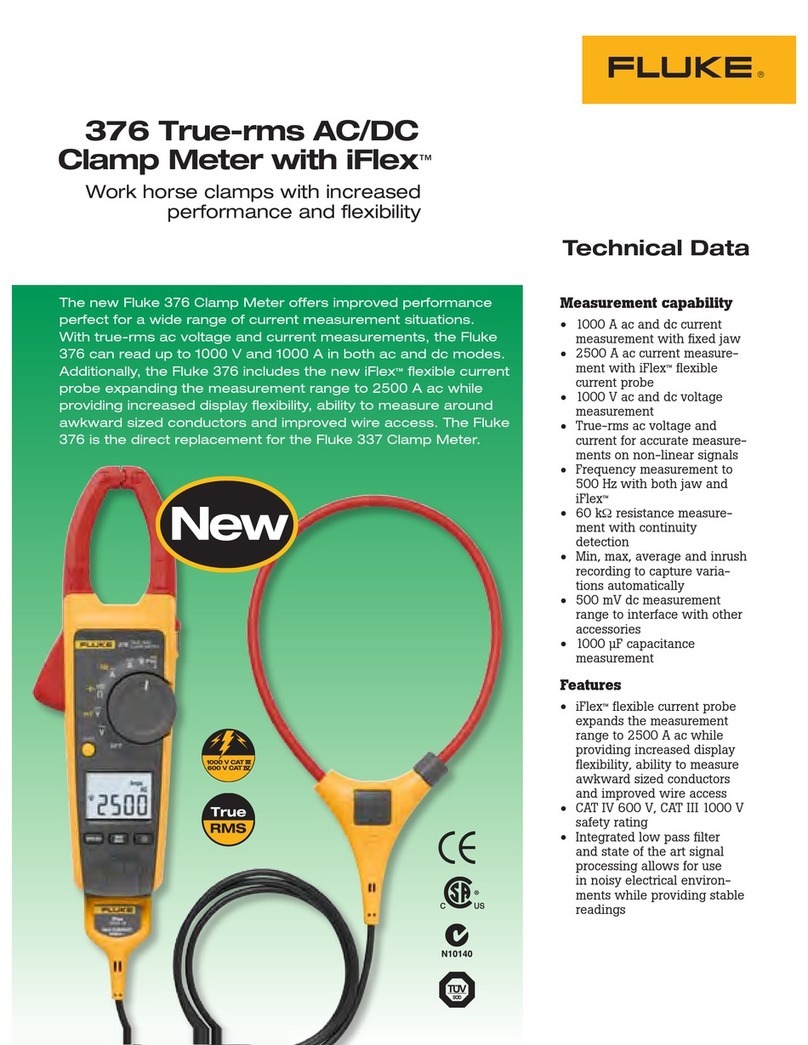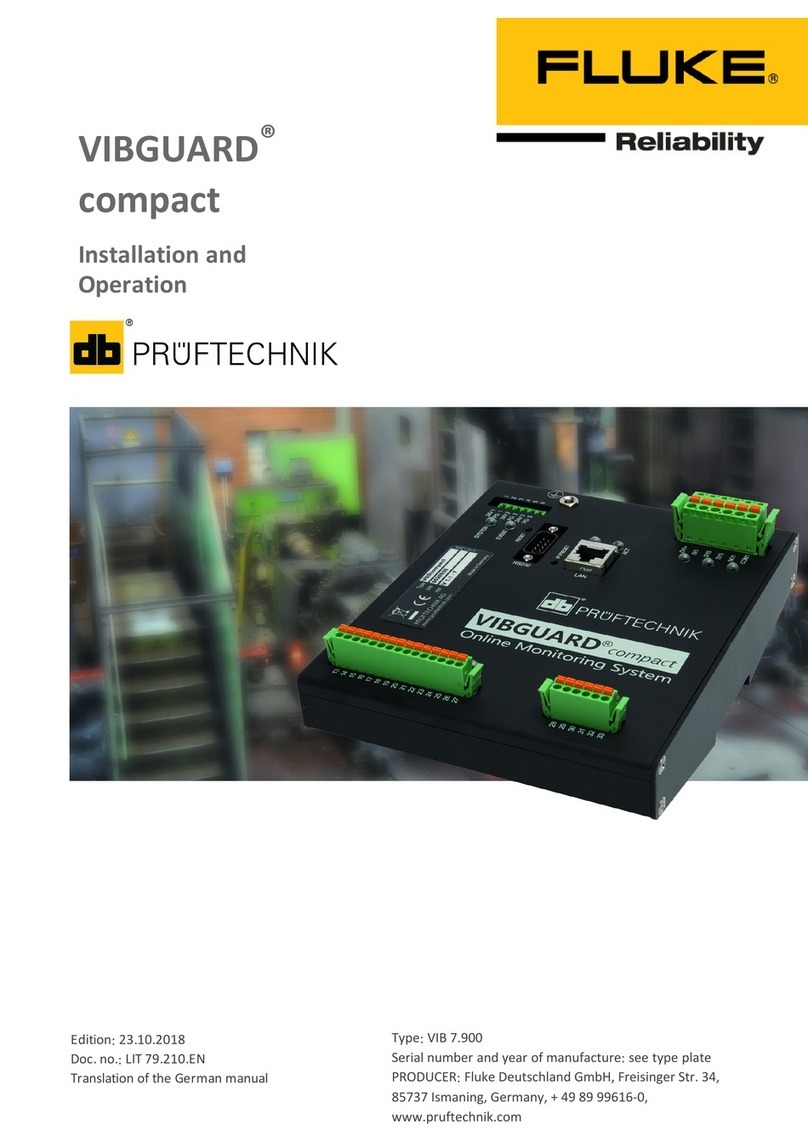Fluke 93 User manual
Other Fluke Measuring Instrument manuals

Fluke
Fluke 189 User manual
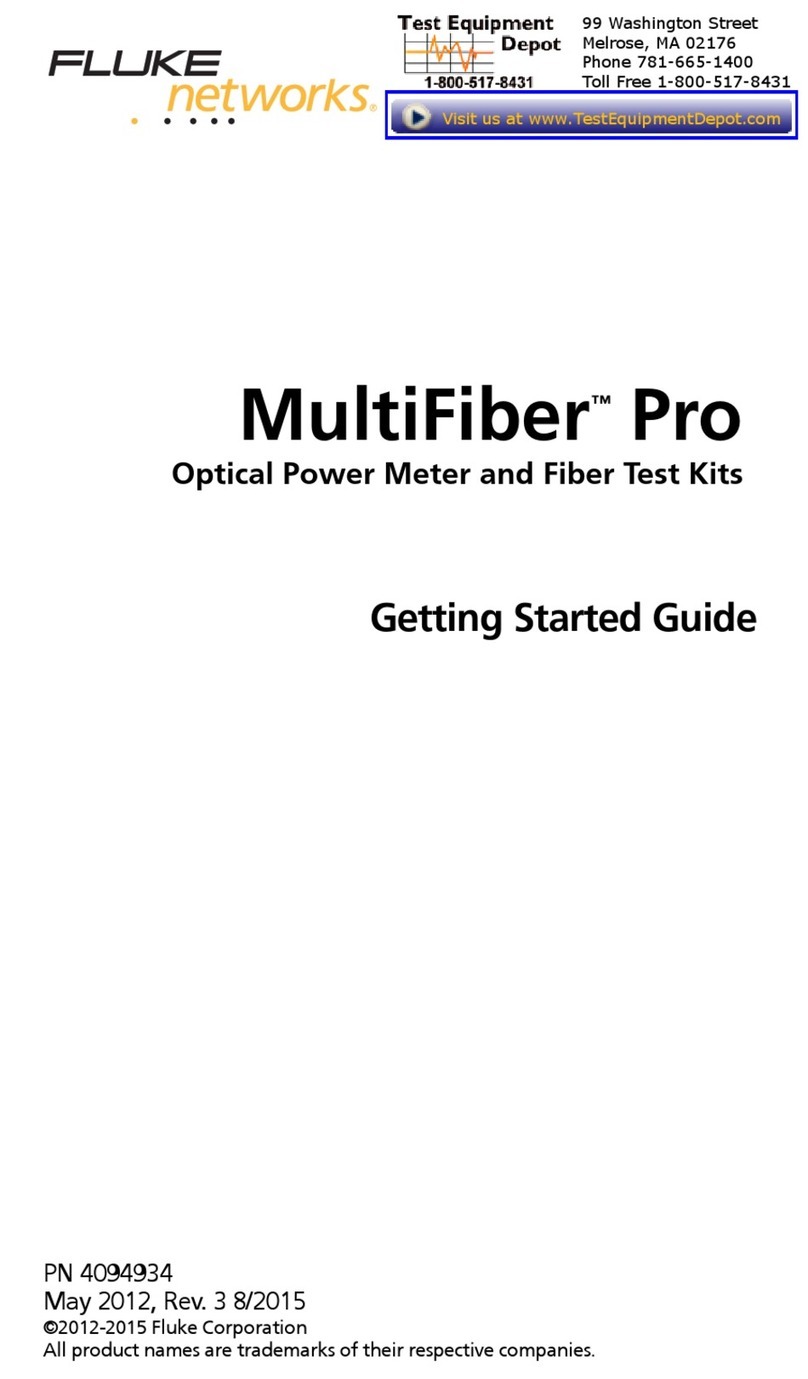
Fluke
Fluke MultiFiber Pro User manual
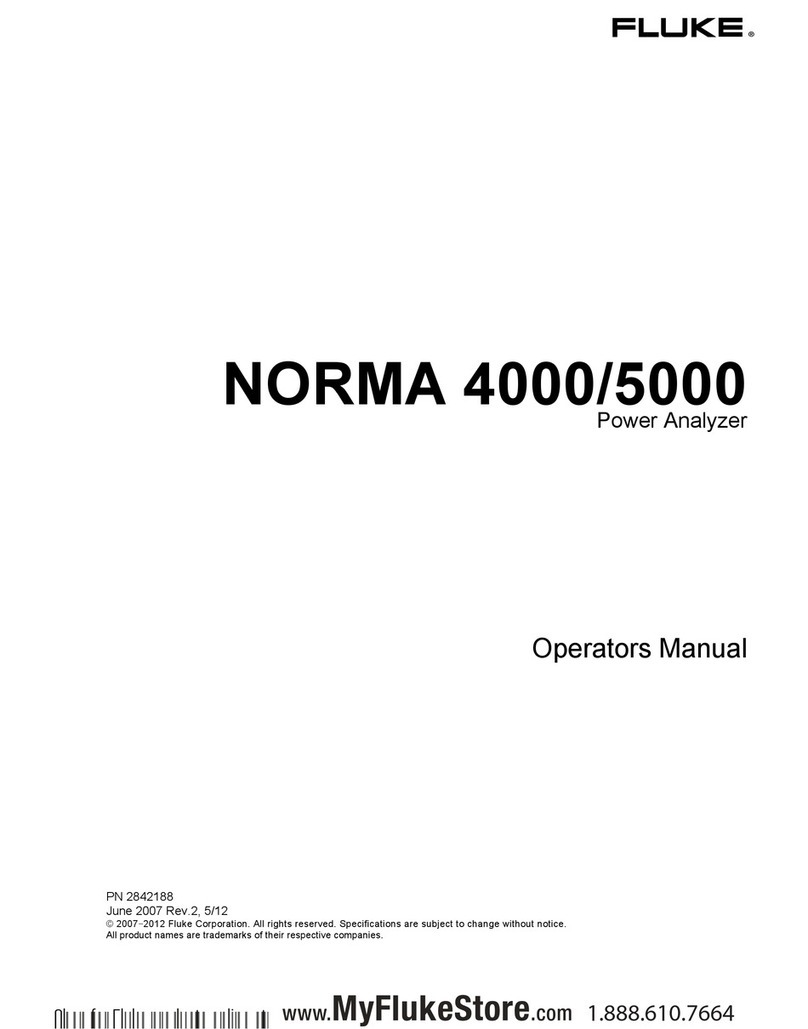
Fluke
Fluke NORMA 4000 Operators User manual
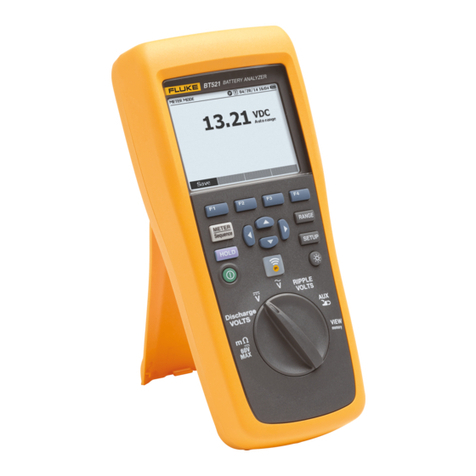
Fluke
Fluke BT21ANG User manual
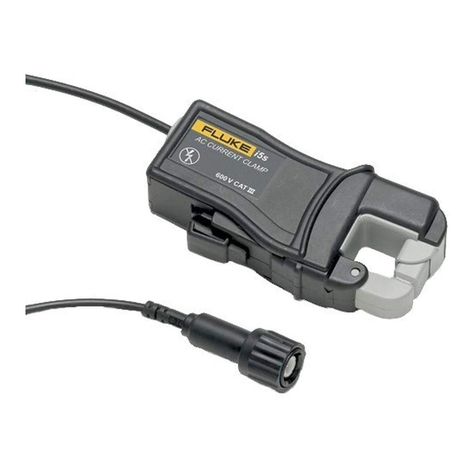
Fluke
Fluke i5s-PR 1750 5A User manual
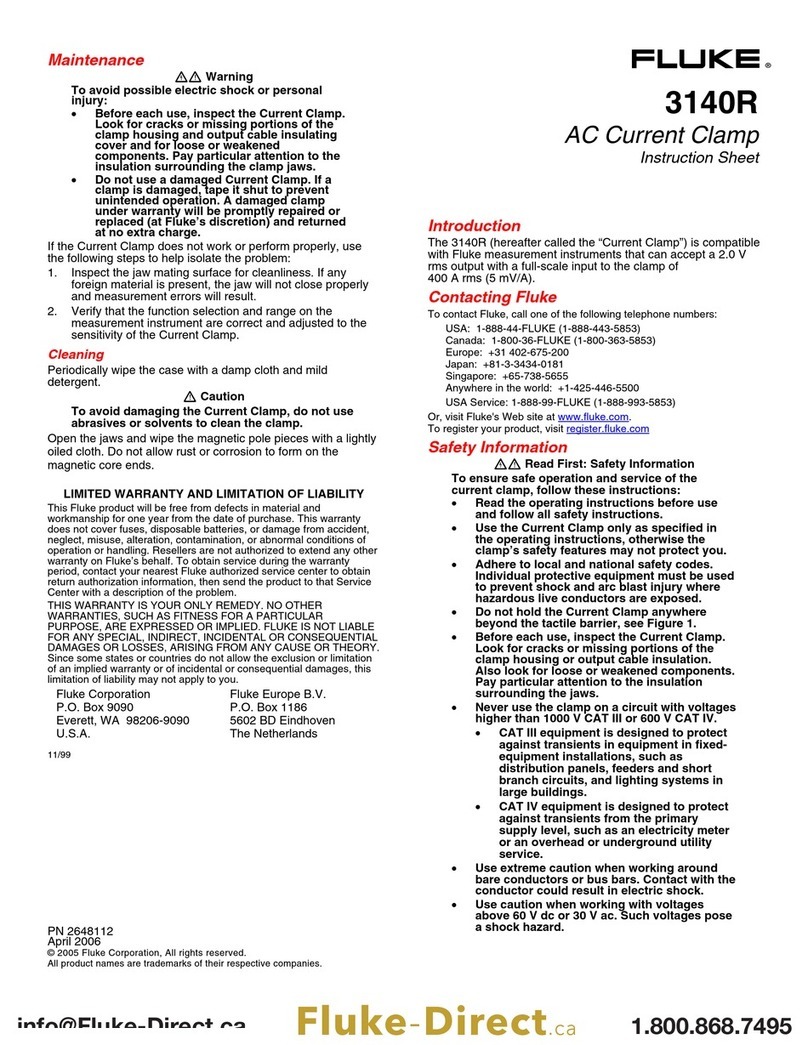
Fluke
Fluke 3140R User manual
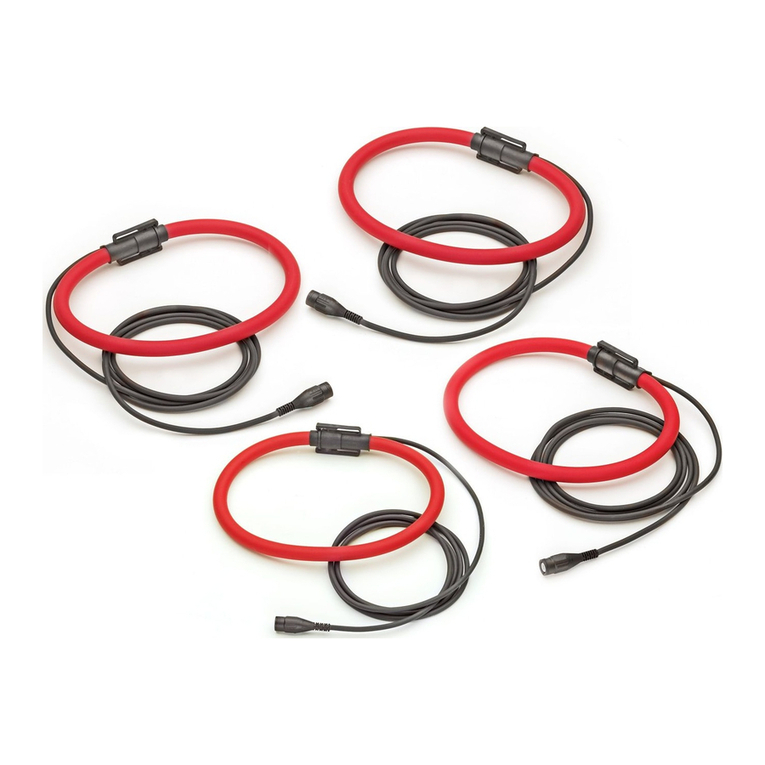
Fluke
Fluke I430FLEX User manual

Fluke
Fluke PG9000 Series User manual
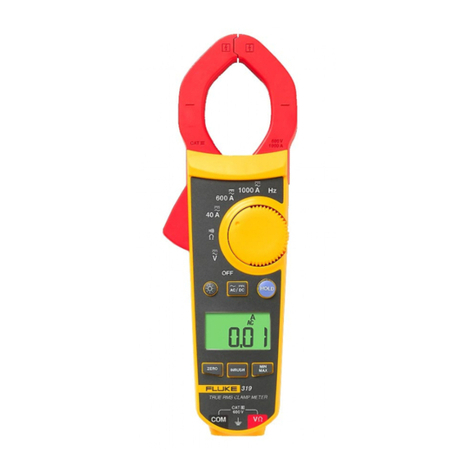
Fluke
Fluke 317 User manual

Fluke
Fluke 1736 Configuration guide
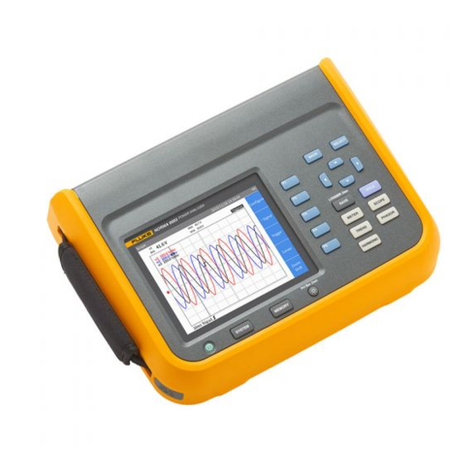
Fluke
Fluke NORMA 6003 Parts list manual
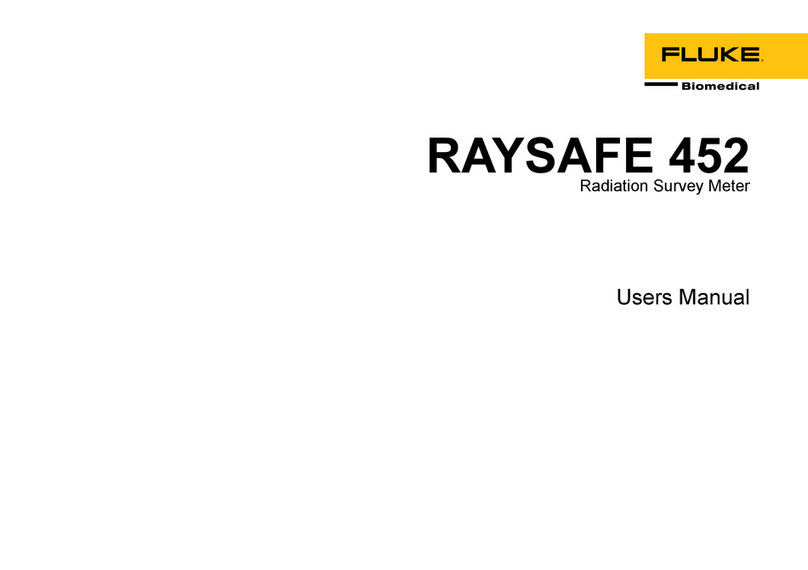
Fluke
Fluke RaySafe 452 User manual

Fluke
Fluke 434-II User manual
Fluke
Fluke TRACKER 90100 Operators User manual
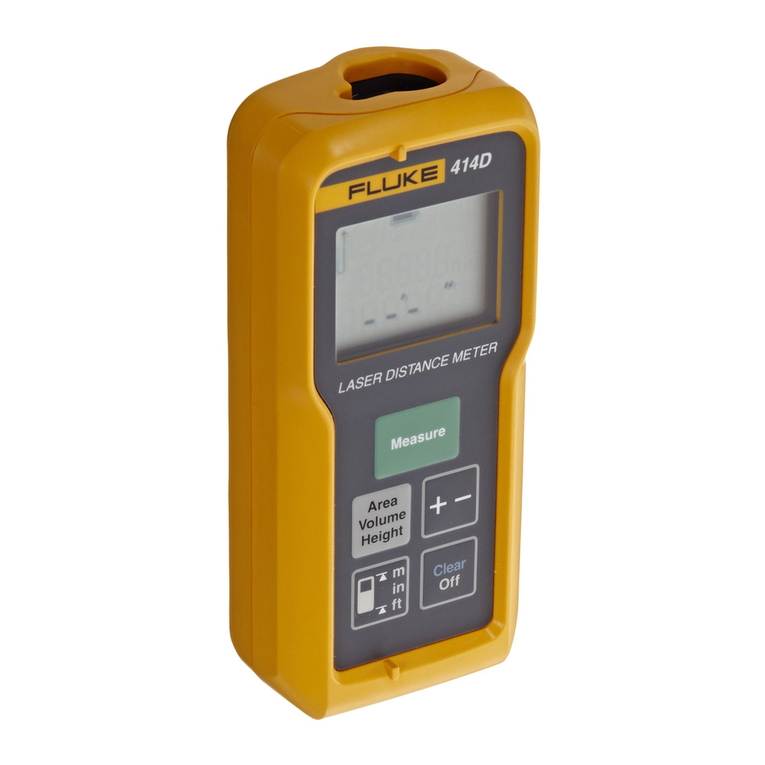
Fluke
Fluke 414D User manual
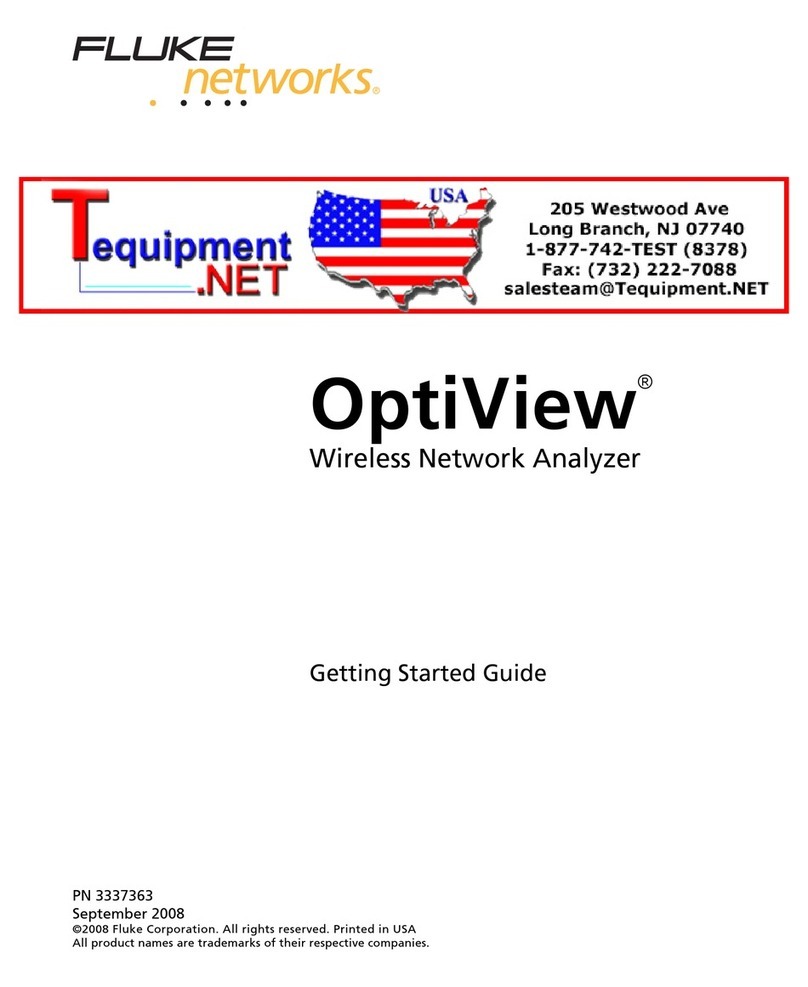
Fluke
Fluke OptiView User manual

Fluke
Fluke 353 User manual
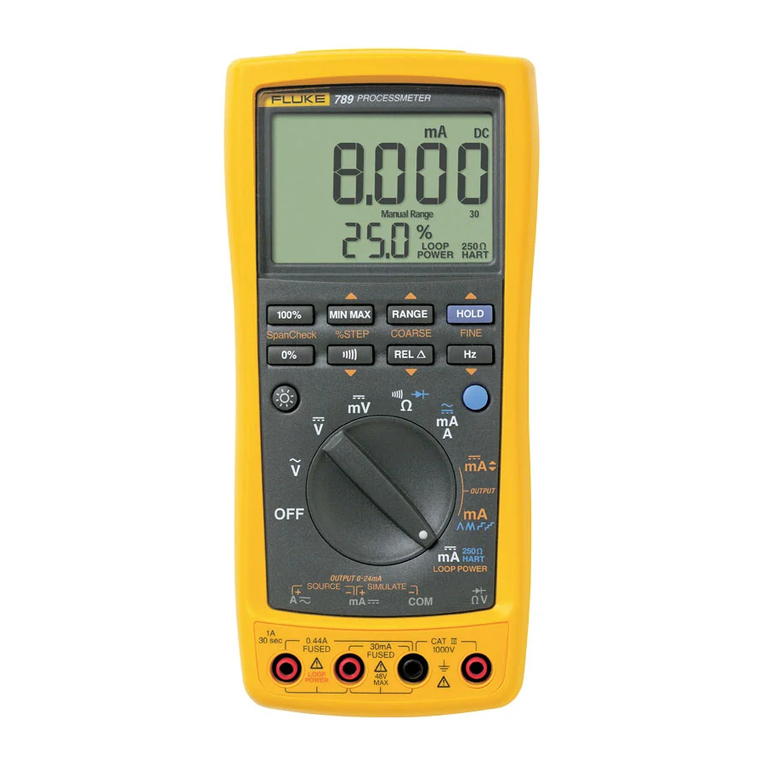
Fluke
Fluke 789 Use and care manual

Fluke
Fluke 377 Use and care manual

Fluke
Fluke OptiView User manual

